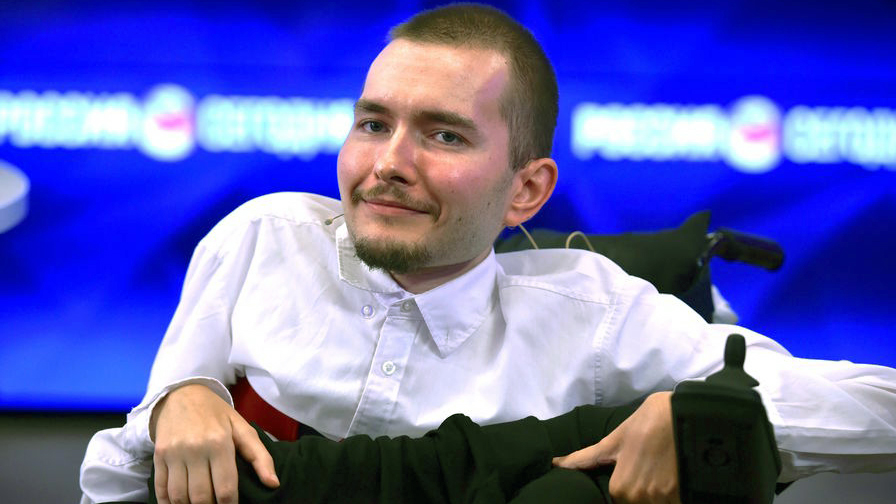The Moral Complications of a Head Transplant

The story of Valery Spiridonov, is a heartbreaking one. He has Werdnig-Hoffmann, a disease were the body wastes away slowly as the mind stays intact all the while. In interviews and appearances, it becomes clear that Spiridonov believes this head transplant procedure is his only way out. Death or success seem to be the only options, but ethicists say there’s much more that could go wrong.
Sergio Canavero, the surgeon at the center of this head transplant and media circus, seems irresponsible at best when you think about the ethical and scientific questions that need to be answered before moving forward on human trials. For instance, where are the animal trials and the human trials working on fusing back damaged spines? Forget trying to sever one properly and re-attach it to another body.
Yet, Canavero seems undeterred that he has no scientific data to back up these questions. He said in a recent interview with The Guardian, “The chances of this working are 90 percent. Of course, there is a marginal risk — I cannot deny that.”
Arthur Caplan, a bioethicist speaking to Motherboard talked at length about the horrors that could await Spiridonov if he wakes from the proposed head transplant. For reference, he talks about the work he’s done with facial transplants. Researchers have run into numerous issues figuring out what kind of immunosupressants to use so the body doesn’t reject the new face.
“A head,” he says, “would be far, far more challenging.”
What’s more, Caplan says a head transplant can make you violently ill up until you die and even drive you insane. The tl;dr version of this entire transplant is to have the spinal cord of one body fuse with a live head, but no one knows how to do that despite how confident Canavero seems in the press. It was tried back in the 1970s with a monkey, and while the head survived for nine days, the spinal cord never fused together with the head. However, recent reports have been filing in about a surgeon who has been able to successfully replicate a head transplant procedure on 1,000 mice, but each one had died within a day.
Read more at Motherboard and The Guardian.
Photo credit: Getty Images





